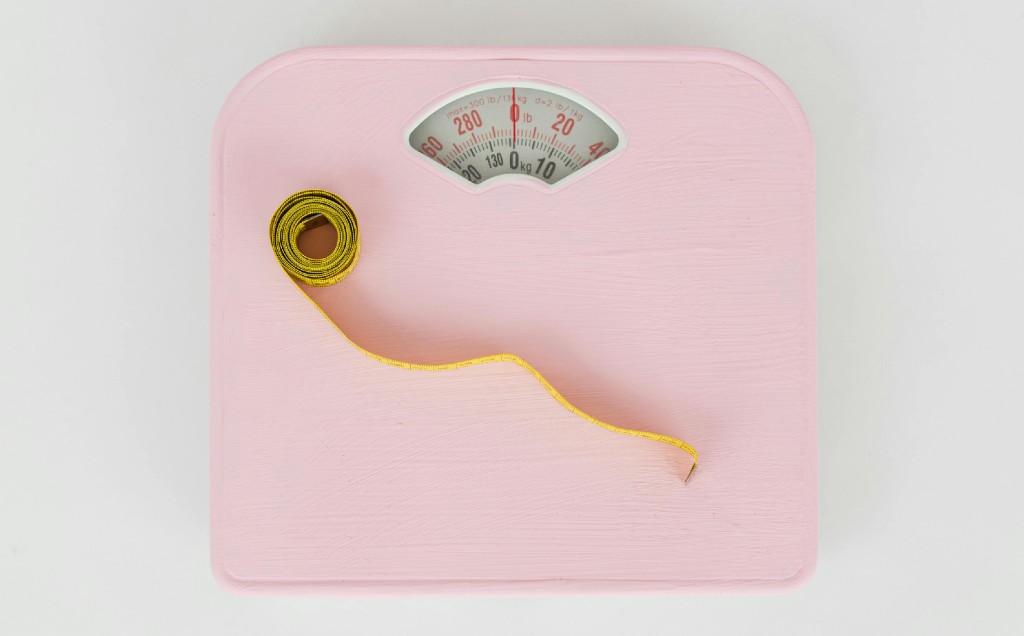Numbers, formulas, and calculators…oh my!
The medical, health, and fitness communities rely on data to determine a person’s peak health and optimal weight. To make things easier to find, we highlighted some of the most essential tools and formulas and pointed you to resources for digging deeper.
That said, anyone who’s spent time in health and fitness knows that trends come and go. Further, these tools and formulas focus on large populations, not always matching an individual’s goals. New theories, tools, and approaches constantly emerge, so we must continually revisit and refine what we know.
Disclaimer
Before diving in, here are the axioms that drive our statement that each tool is a single lens on where you are in meeting your goals, not who you are.
- Each human being is a different living, breathing organism.
- Every health organization and government must try to set standards that are the broadest for all people.
Also, we aren’t here to judge these openly. We aim to discuss what each is attempting to ascertain, how it tracks it, and how it provides insight into your personal goals. Now on to the tools!
Body Mass and Composition

So, like us, you are curious and want to understand your body weight and makeup. These tools help answer questions like “Am I heavy for my size?” or “How much of my weight is muscle, fat, or bone?” They do this by measuring parts of your body and comparing them.
- BMI or Body Mass Index Calculator: A calculator for adults to gauge if they are over-/or underweight.
- Skin Fold Test: This test uses calipers to measure specific skin folds to determine a person’s muscle-to-fat ratio.
- WHR or Waist to Hip Ratio Test: Another body composition test that relies on a difference in the circumference of someone’s waist relative to their hips.
- Dunk or Hydrostatic Weighing Test: This test uses your buoyancy to determine your body composition. It uses Archimedes’ principle to make its determination.
Calorie Intake and Consumption
- BMR or Base Metabolic Rate: A calculator that estimates the total number of calories your body burns daily at rest. Rest means eating, sleeping, and performing normal respiration and blood pumping.
- TDEE or Total Daily Energy Expenditure: This formula is roughly BMR with activity added. That being said, activity is also not a standard because it is based on you and your current state of conditioning or fitness.
- DRI or Daily Required Intake: DRI is BMR calories broken down into fats, proteins, carbohydrates, macronutrients, etc., according to the USDA MyPlate.gov standard.
But Wait, There’s More!
We didn’t get into activity calculations, such as the RPE (Rate or Perceived Energy) Scale for perceived exertion, nor Bone Density scans, such as DEXA (sometimes called DXA), to determine body composition. Why? We wanted to focus on those most available to the average person just looking for basic guidance, like we were.
An Important Point To Note
Remember that post on serving size we wrote? Yes, take a look at your BMR and TDEE. You may find that you are not what the USDA terms the ‘average’ person who needs x calories daily. This is where most problems with weight management start for people. Once you have done some research, you will find your number.
Wrapping Up;
This post collects a variety of tools commonly used to guide weight and health management. Each can be helpful, but each has pros and cons. We aren’t here to decide what’s right for you, but if you choose to use them, remember to research them. None of these tools is an authority on you unless you fall into the exact ‘average’ they are targeting. Instead, see them as valuable tools, helping you shape and refine your approach to your goals.
